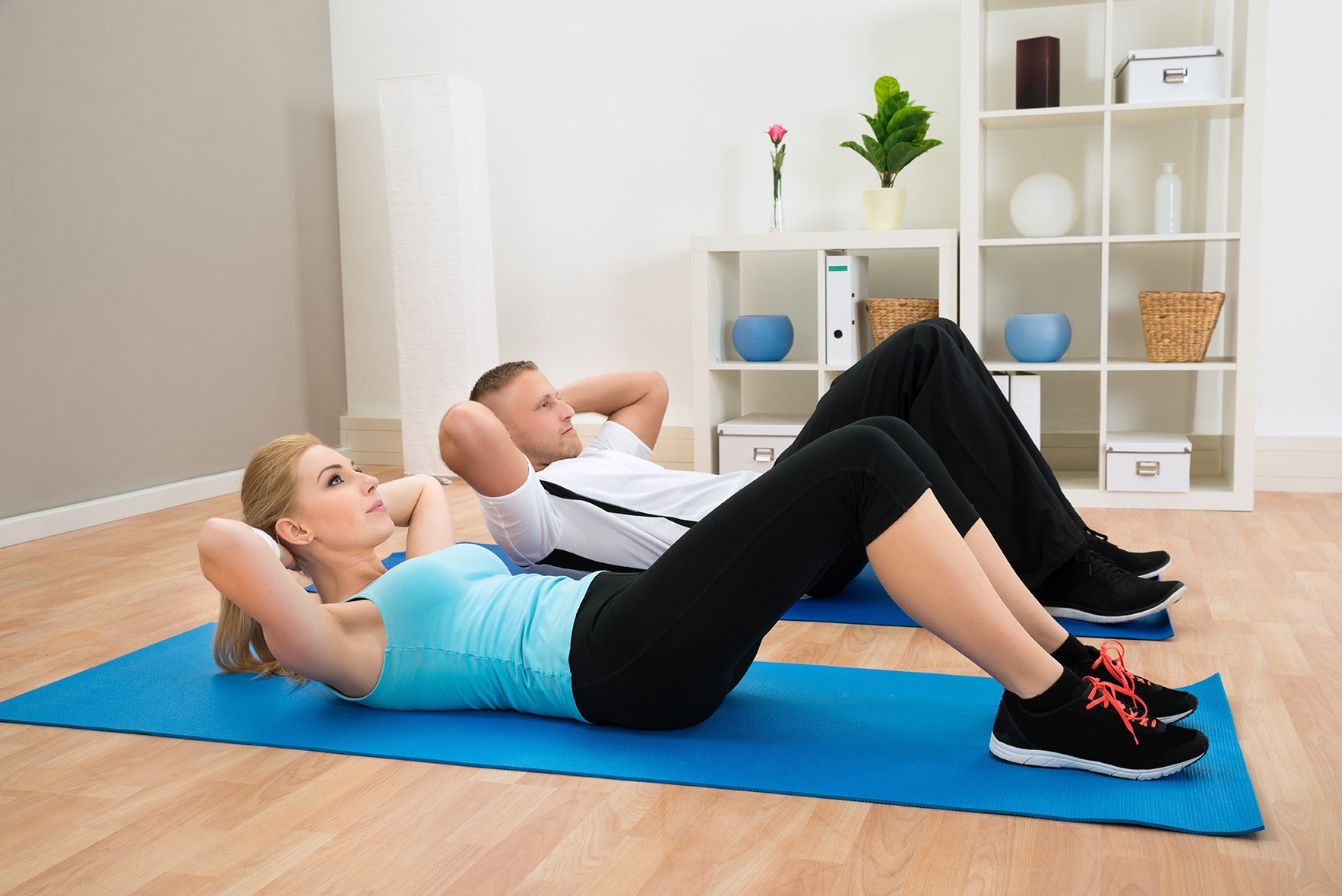The Best Exercises for Preventing Pain on the Bicycle
It’s the rare cyclist who hasn’t had the odd ache or pain while on the bike. The difference between an occasional sore spot and a nagging injury can be your willingness to do some behind-the-scenes work for your body.
According to research that has delved into bicycling overuse injuries, riders’ top sore spots are:
- the lower back
- the knees
- and the neck.
We’re talking here about repetitive use symptoms (not acute injuries like broken bones or road rash) of the musculoskeletal variety (saddle sores can be a topic for another time).
Bike fit, gearing choice, and riding volume are all external variables that play into overuse injuries and are each worthy of investigation. A poorly fitting bike is the largest contributor to chronic pain in cyclists but can easily be avoided by seeking out a qualified professional before you start logging big miles. Internal factors include strength, neuromuscular control, and mobility–things you can modify with specific training like the following exercises.
EXERCISES
- Lateral band walks target your gluteus medius and minimus, muscles that support your pelvis during weight-bearing activities like walking, running, and jumping. Because cycling is a sport that restricts your body to movement in the sagittal plane (forward and backward), lateral muscles like the ones in your outer hips can get neglected. This muscle group also contributes to your ability to maintain alignment of your hip, knee, and foot during the pedal stroke.
- Single-leg bridges require your deep core muscles, including the transverse abdominis, to stabilize your pelvis while the glutes extend your hip. The gluteus maximus, in particular, contributes to your power during the top of the pedal stroke and does much of the work during this exercise.
- Superman exercises offer an opportunity to build the endurance of your back extensors, which you need to maintain an optimal position of your spine while riding. Many people experience lower back pain as their extensors fatigue and fail to support a neutral spine position.
- Planks are a simple way to train shoulder and trunk stability. Muscles like the serratus anterior must stabilize your scapula as your arms absorb road vibration and support your upper body.
- Foam roll pec stretches allow your pectorals to lengthen, reversing the on-bike position of forward shoulders and flexed upper back. Your neck also has a chance to relax out of its hyperextended position and settle back in line with your shoulders.
- Hip flexor stretches: active (kneeling lunge) or passive (Thomas stretch) open up your anterior hip and combat tightness that can contribute to lower back pain. The psoas and rectus femoris are lengthened during these stretches.
Do your future self a favor and make time for these exercises–support the body that supports you getting out there on the bike!
Please take note: these exercises are suggested for the healthy cyclist interested in preventing common overuse injuries. If you are experiencing pain, seek out a qualified medical professional for specific advice and treatment.
Author: Marin Campbell, PT, DPT
